- Home
- /
- Resources
- /
- Latest News
Q&A: Jigar Patel, Director of Capital Projects, Interior Health Authority
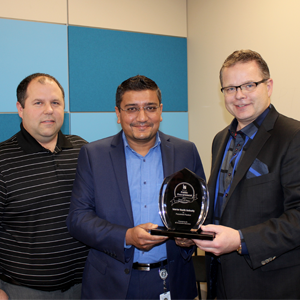
Jason Henderson, presenting award
to Jigar Patel, Director of Capital Projects for
Interior Health Authority
Interior Health Authority presented a 2017 Best of Public Procurement Award for Procurement Practices.
With major projects constantly on the go, in construction and maintenance, the procurement team of Interior Health Authority has a full workload. That doesn't stop them from leading the way in best procurement practices and viewing the entire process as "constant evolution".
We sat down with Jigar Patel, Director of Capital Projects for Interior Health Authority to learn more about the procurement team and their work.
Thank you for taking a moment to chat with us. First, can you please describe the projects and scope of your procurement team?
Interior Health oversees the delivery of health care to 4 hospitals, 2 tertiary hospitals, and 16 community hospital, covering an area over 215,000 square kilometers in B.C.'s southern interior. The Procurement team of five is responsible for procuring large construction projects between $100k and $20m, as well as maintenance projects under $100k. The team provides support to large public/private partnerships (P3) involving major capital construction projects. Over 100 projects every year that reflect the expansion and modernization of hospital and care facilities across the region.
That's a lot of work. In a sentence or two, can you tell us what you think is the secret to a successful procurement process?
Making it open, accessible, fair and accountable to providers of goods and services while balancing it against organizational needs and efficiencies lead to the optimized procurement process.
You were recognized for many best practices. Which of them was the biggest challenge and why?
Most best practices that Interior Health is recognized for are part of electronic bidding process that Interior Health has adopted. These were the most challenging and most rewarding at the same time. As a paradigm shift, initially, it involved learning and adapting to the new processes and protocols. However, soon after the initial hurdle, we have seen improved efficiencies in terms of time, ease of access and staffing resources. Moreover, given that less paper is involved in the process, it aligns with Interior Health's sustainability priority. Shifting to electronic platform, having well-defined procurement processes that closely align with trade agreements and procurement best practices, along dedicated efforts by our procurement team have led to this significant recognition.
And lastly, what advice would you give other public sector procurement professionals?
Public procurement process is subjected to constant evolution. The new trade agreement that came into effect mid-this year is intended to promote more open, equitable and transparent opportunities for goods and services providers. It will make the process more accountable and transparent. I'd tell other procurement professionals to be involved with the industry. Interior Health has been actively participating in Southern Interior Construction Association (SICA) meetings and events, which has helped adopt procurement processes that are industry relevant. We’ve heard that procurement is a road-block, we want it to be fair and accountable. It’s a lot of hard work, lessons learned and constant refinement of the process.
Related:
Q&A: Elizabeth Zhu, Acting Manager, Facilities Procurement Lower Mainland Facilities Management
See list of 2017 Best of Public Procurement honourees.
Read Press Release for 2017 “Best of Public Procurement”
.jpg)
BC Construction Association Contracts Fairley Strategies to Advise on Industry Advocacy Efforts Regarding Construction Procurement
.png)
BCCA Statement Regarding Compulsory Trades

Construction Workers Get Fast-Tracked for Covid Vaccine in Vancouver

BC Hydro and Site C Contractors Launch Canada's First Builders Code Work Site

Four British Columbians Recognized for Extraordinary Safety Leadership During Pandemic
.jpg)
Construction File - Building Back Smarter:

Latest Construction Industry Statistics Reveal Strength Despite Pandemic Challenges
.png)
BCCA Response to BC Budget 2021
.jpg)
BCCA Wins National Award for Second Consecutive Year

BC Restaurants to Benefit From Construction Month Celebrations This April

Christy Kerr of Kerr Controls Inc. To Chair BCCA Employee Benefit Trust Board of Trustees


Letters to the Vancouver Sun: Legislate Prompt Payments for the Construction Industry

Builders Code Champion Awards Celebrate Culture Change In BC’s Construction Industry

BC Construction Association Announces New Board Chair
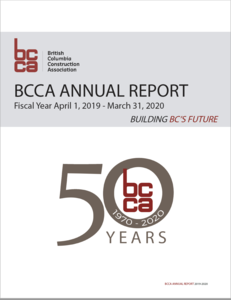
BCCA Releases it's 2020 Annual Report
BCCA to hold 2020 Annual General Meeting (AGM) Virtually
-01.png)
BC Construction Association Recognized for Achievements in Workforce Development with National Award

BC Construction Sector Awards to Recognize Workplace Diversity

Construction Sector United in Fight Against COVID-19
 (banner-large)-01.png)
Construction Culture Training Goes Virtual During Covid-19 Crisis
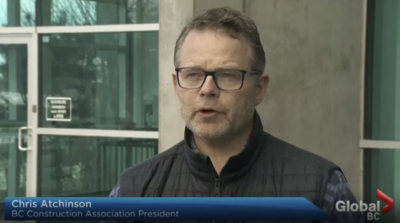
BCCA President, Chris Atchison Speaks to Global News About Safety Being the Most Urgent Priority on Construction Sites

BCCA Signs Agreement with eSolutionsGroup to Power BidCentral Platform
Business, Indigenous, and Community Leaders Call for a Return to Order
BCCA Responds to BC Government & Wet’suwet’en Leaders Agreement

BCCA Statement regarding COVID-19 coronavirus
BuildForce Canada 2020 Construction & Maintenance Looking Forward Report

Inaugural Builders Code Champion Awards Celebrate Construction Sector Leadership

BCCA Celebrates National Construction Day with New Worksite Behavior Training App

Fall 2019 Statistics Show Progress on Key Construction Sector Indicators
BCCA to hold 2019 Annual General Meeting in Prince George

BCCA Welcomes Trans Mountain Announcement Resuming Work on Pipeline Expansion Project

Builders Code Ramps Up Services Across Northern Region
Court ruling allows construction industry stakeholder coalition to proceed through the B.C. Supreme Court with CBA challenge
Aligning the Construction and Technology Sectors
Multibillion Dollar BC Construction Sector Untapped by Tech
BCCA Commends Ruling in Favour of Trans Mountain Pipeline Project
BCCA Update on Private Members Bill for Prompt Payment
BCCA Response to Proposed Labour Code and Employment Standards Legislation

New Builders Code Training Program Gives Construction Leaders the Tools to Address Worksite Harassment, Hazing and Bullying

Six BC Employers Win Construction Leadership Awards
CBC Interview: Builders Code "Don' t Be A Tool" campaign
CHNL Interview: Construction Month 2019

BC Construction Month Launches with Latest Industry Statistics and Results of Province-Wide Industry Survey

Builders Code Expansion: First Advisor Now Available to Vancouver Island Construction Employers

BC Construction Industry Introduces Worksite Conduct Standards to Improve Worker Retention
Risk Alerts Issued for Two Provincial Construction Projects
Contractor Alert - Westwood Court Prime Contractor Services
Contractor Alert - Hart Haven Group Home at Dagg Rd
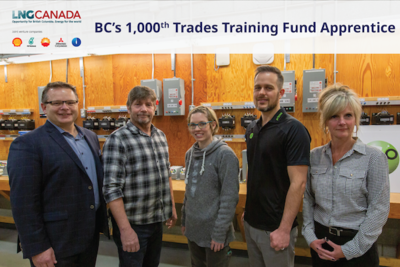
Supporting BC's Skilled Workforce
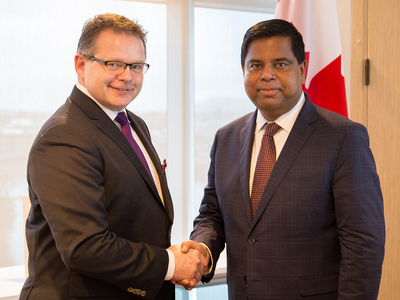
British Columbia Construction Association Selected to Provide Pre-Arrival Services

A Dynamic Year In BC’s Construction Industry – Skilled Workforce Shortage Still The #1 Issue

Kinetic Construction Courts Young Hockey Players in Bid to Draw More Youth to Career Opportunities in the Trades

Angela McKerlich of CapriCMW Insurance Services Ltd. Elected BC Construction Association Board Chair

LNG CANADA Invests in BC and Canada: A Generational Milestone Achieved

BC 2018 Labour Market Outlook Released
.png)
BCCA Integrated Membership Update 2017

Response to Federal Court of Appeal's Trans Mountain Pipeline Decision
.jpg)
New BC Building and Plumbing Code 2018

Industry Policies that further validate BCCA’s challenge of the Community Benefits Agreement

Industry Voices - Industry Must Come Together
.png)
BCCA does not support Premier Horgan’s new Community Benefits Agreement

Pattullo Procurement Strategy Takes BC Construction a Bridge Too Far
.png)
B.C. needs Ministry of the Built Environment to manage construction issues

Response to the Province’s Community Benefits Agreement Announcement
.png)
Tackling the Late Payment Epidemic: What Will It Take?

Construction Month in BC 2018 Recap Video #BuiltRight
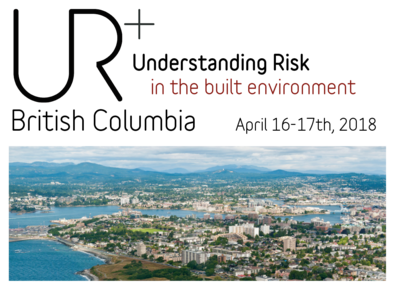
Understanding Risk British Columbia (UR+ BC) Video #URBC

BCCA Response to Federal Purchase of Trans Mountain pipeline for $4.5 Billion

Dodge Momentum Index Moves Higher in April

BC Lions Announce "Salute the Trades" Game Night September 7

LNG Canada and TransCanada's Coastal GasLink Project Announce Expansion of "Connect" Program
.jpg)
.PNG)